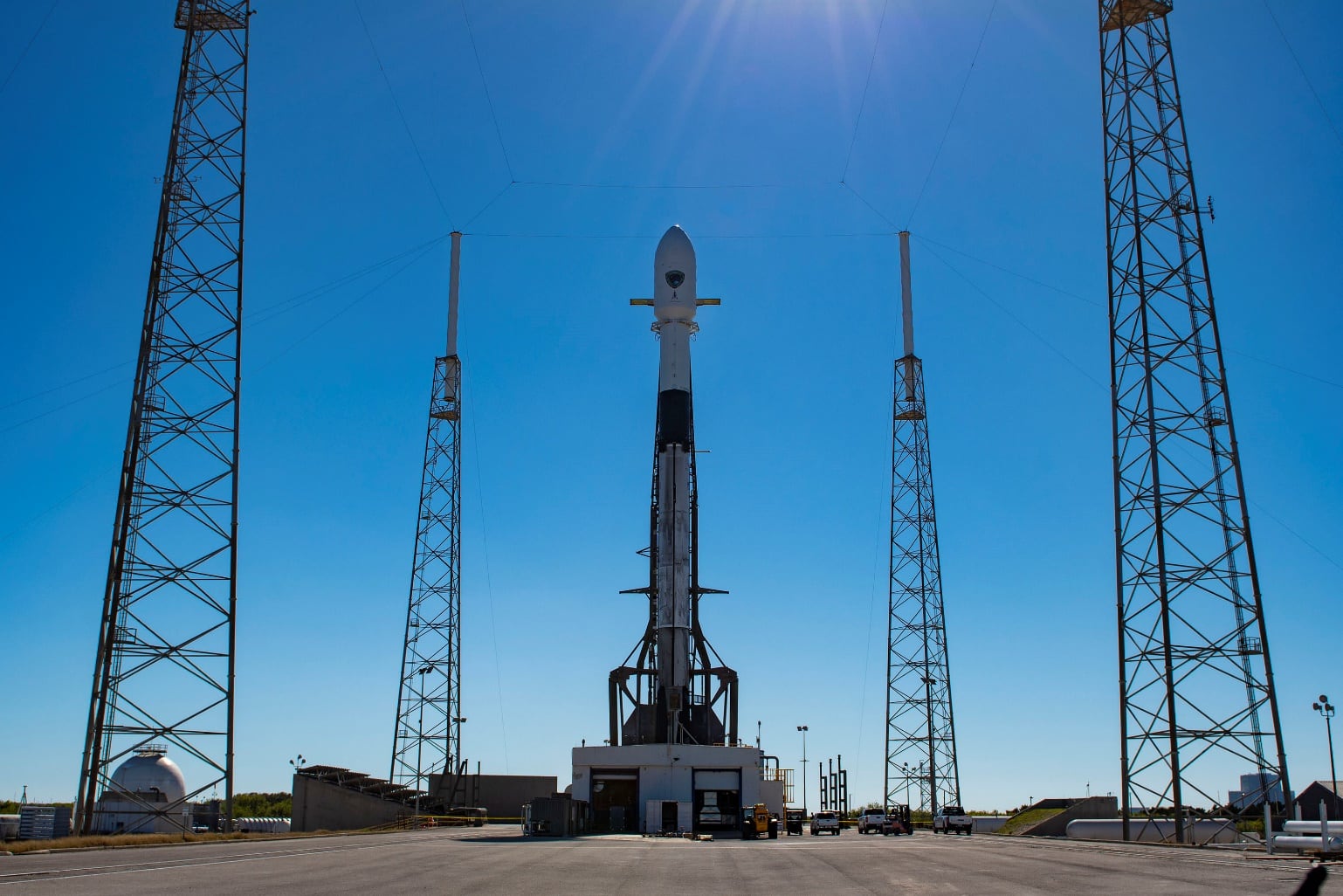Marines are connecting more easily to one another in the field thanks to a recent upgrade to the Combat Operations Center software suite.
The COC release 6.0.4 and accompanying Marine expeditionary force hardware include mechanisms to enhance communications capabilities even in the absence of satellite links. Deployment began in February, and its impact is now being felt in 208 systems from expeditionary forces down all the way to the battalion level.
"If there is a vehicle out there, you can stay in communication with them as long as you have power. You can maintain voice communication" even without a satellite connection, said Maj. Jon Mohler, COC team lead.
The new capability derives from the implementation of the Wide Area Voice Environment. The WAVE software collaborates with the COC Tactical Radio over Internet Protocol Inter-Communications System, or TRICS, to enable COC users to access tactical radio networks directly from their client laptops.
The TRICS radio gateway and WAVE software together enable the integration and dissemination of tactical radio traffic on IP networks. This replaces analog legacy systems, forging a new digital communications capability. "It allows you to converge those IP networks. If you had a VHF and UHF radio both attached to the TRICS, I could tie those together. Things can then be shared more easily, once they have been converted into IP traffic," Mohler said.
For the Marine in the field, this creates a more robust communications platform while adding a modernized interface that should speed adoption. "From the end user's perspective, the hardware and software are easier to train and easier to use. Feedback from the Marines is that they like it a lot better," Mohler said, citing reports gleaned from an August 2016 field user evaluation.
Planners say the ability to transmit and receive from a laptop, rather than having to walk to a radio and grab a handset, will enable Marines to work more efficiently.
More than just a radio, the COC is an expeditionary tent facility that acts as a focal point for command and control for Marine Corps operations ashore. "It provides the commander with centralized capability to collect, process and disseminate tactical C2 data. It enables the watch officer or commander to maintain situational awareness with voice reports from the field, blue- and red-force tracking, streaming video. All that information from forward areas feeds back to the COC," Mohler said.
The COC serves not just as a combat enabler, but also as a training tool. In May 2016, for example, participants in the 11th Marine Expeditionary Unit's predeployment training regimen monitored training runs via the COC. "Knowing how to keep track of Marines on the battlefield and maintaining communication between different units is vital to mission success," a Marine Corps spokesman noted at the time.
First fielded in 2004, the system delivers a common scalable, modular solution across operating units.
The IP-enabled communications platform is not the only advance to be seen in the new software release. Last updated in 2015, the Window 7 platform has been upgraded to Windows 10. This comes as part of a migration dictated by the Department of the Navy Chief Information Officer, and it brings with it a higher degree of information security for operators in the field.
"Windows 10 incorporates a lot of new security features. When you boot Windows 10 there are more security lockdowns built into that. It has more built-in malware protection. It comes with EMET — the Enhanced Mitigation Experience Toolkit — which anticipates what an adversary would do to compromise a computer," Mohler said.
The latest iteration of the software continues the Marine Corps' efforts to integrate with Army's Command Post of the Future, especially through the use of maps and other collaborative presentation tools. Planners have made it easier to tap into CPOF by building in a new web client. "I can just go to a URL to access CPOF instead of having it installed on my machine. So if you have a basic user who doesn't use a lot of those C2 apps all the time, you can just give them the URL and reduce the amount of integration you need to do on that machine," Mohler said.
Looking ahead, planners expect to do a refresh soon on the video teleconferencing system, an upgrade that didn't make it into the latest release.








